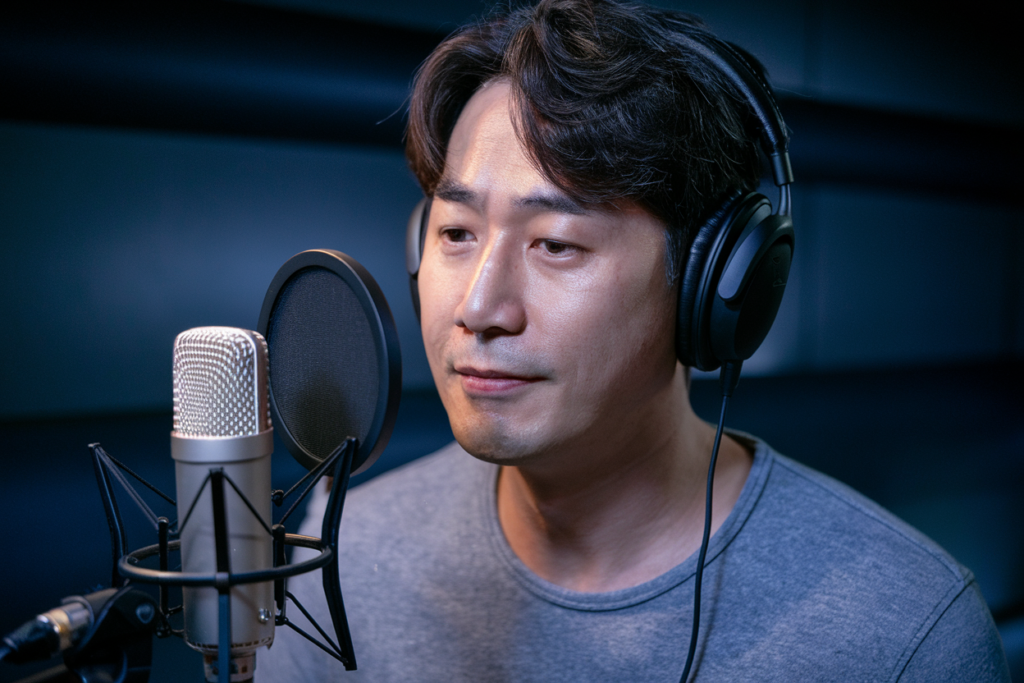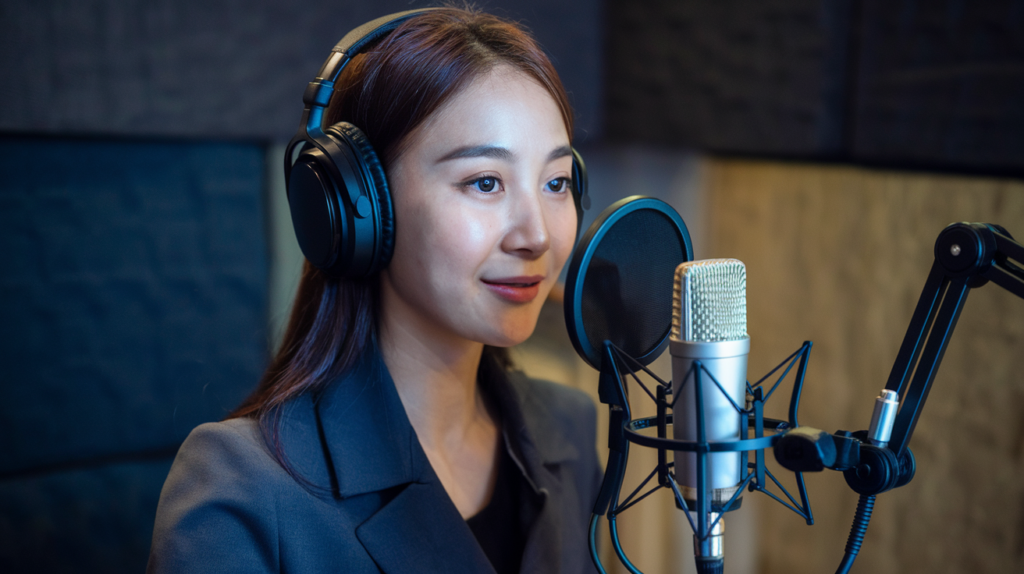Key Takeaways
- Understanding Regional Differences: Korean speech varies significantly between standard and regional dialects, affecting communication and cultural connection.
- Standard Korean (Seongyo): Based on the Seoul dialect, it serves as the common language in formal contexts like education and media due to its clarity and uniformity.
- Distinct Regional Dialects: Notable dialects include Gyeongsang, Jeolla, and Chungcheong, each with unique phonetic traits and vocabulary that reflect local culture.
- Communication Impact: Adapting to regional speech enhances rapport with locals; using specific intonations or vocabulary can lead to more meaningful interactions.
- Cultural Significance: Recognizing regional variations enriches your understanding of Korea’s linguistic heritage and fosters appreciation for its diverse cultural landscape.
- Language Preservation: Engaging with different dialects contributes to preserving Korea’s rich linguistic diversity amidst globalization pressures.
Ever wondered why some Koreans sound so different from others? The distinction between regional and standard Korean speech can be a fascinating journey into the heart of culture and communication. Whether you’re planning to visit Korea or just want to connect with native speakers, understanding these differences is crucial.
Overview of Korean Speech
Korean speech varies significantly between regional dialects and the standard form, reflecting rich cultural heritage. Understanding these differences enhances communication with native speakers.
Standard Korean, or “seongyo,” serves as the common language across Korea. Originating from Seoul’s dialect, it’s often used in media, education, and formal settings. It features clear pronunciation and grammar rules that promote understanding among diverse speakers.
Regional Korean encompasses various dialects like Gyeongsang, Jeolla, and Chungcheong. Each has unique phonetic characteristics and vocabulary. For instance:
- Gyeongsang Dialect: Known for its distinctive intonation patterns; speakers may sound more expressive.
- Jeolla Dialect: Often regarded as softer; it includes specific phrases not found in standard speech.
- Chungcheong Dialect: Features a slower pace and unique endings to words.
These dialects can be quite challenging for learners of Korean. Recognizing them fosters deeper connections with locals who take pride in their linguistic roots.
Overall, grasping both standard and regional forms enriches your understanding of the language’s nuances. This knowledge proves beneficial not just in conversation but also when engaging with Korean media or literature.
Regional Vs Standard Korean Speech
Understanding the distinctions between regional and standard Korean speech is crucial for effective communication in Korea. While standard Korean serves as the foundation, various regional dialects add richness to the language.
Definitions and Characteristics
Standard Korean, known as “seongyo,” is primarily based on the Seoul dialect. It’s used in formal contexts like education and media. This form of speech emphasizes clarity and uniformity, making it accessible to all speakers across different regions.
In contrast, regional dialects such as Gyeongsang, Jeolla, and Chungcheong display unique phonetic characteristics and vocabulary that reflect local culture. For example:
- Gyeongsang Dialect: Recognized for its expressive intonation patterns.
- Jeolla Dialect: Notable for its softer pronunciation and distinct lexical choices.
- Chungcheong Dialect: Characterized by a slower speaking pace that can be soothing yet engaging.
These dialects often incorporate specific phrases or expressions not found in standard Korean, creating a more personalized communication style.
Key Differences
Several key differences highlight how regional speech varies from standard forms:
- Pronunciation Variations: Each region has distinct sounds; Gyeongsang speakers may use sharper tones while Jeolla speakers soften their vowels.
- Vocabulary Choices: Unique local terms enrich conversations but might confuse those familiar only with standard Korean.
- Intonation Patterns: The melody of speech changes; Gyeongsang’s lively pitch contrasts with Chungcheong’s relaxed flow.
Recognizing these differences enhances your ability to converse naturally with locals. Embracing these nuances also deepens your appreciation for Korea’s diverse linguistic landscape, paving the way for richer interactions in daily life or when consuming media like films or music from various regions.
Factors Influencing Regional Variations
Regional variations in Korean speech arise from various factors that shape how the language is spoken across different areas. Understanding these influences enhances your appreciation of the language and its cultural context.
Geographic Distribution
Geography plays a crucial role in shaping regional dialects. Korea’s diverse terrain, including mountains and rivers, has historically isolated communities, leading to distinct linguistic traits. For instance, speakers from Busan may exhibit sharper intonation patterns due to their Gyeongsang dialect, while those from Jeolla might use softer vowels influenced by their region’s unique phonetic characteristics. This geographical separation fosters a rich tapestry of dialects that reflect local identity.
Cultural Influences
Cultural background significantly impacts speech variations as well. Each region boasts its own customs, traditions, and historical narratives that influence language use. Local expressions often emerge from shared experiences or significant events within communities. For example, the Chungcheong dialect features phrases tied to agriculture and rural life, reflecting its inhabitants’ heritage. Engaging with these cultural nuances not only enriches your understanding of regional speech but also deepens connections with native speakers.
By recognizing these factors influencing regional variations in Korean speech, you enhance your communication skills and gain valuable insights into the culture behind the language.
Implications of Language Variations
Understanding regional versus standard Korean speech has significant implications for communication and cultural engagement. These variations not only affect how you convey messages but also influence the depth of your interactions with native speakers.
Communication and Understanding
Effective communication hinges on recognizing and adapting to these dialectal differences. When you interact with locals, using their regional speech can foster rapport and enhance understanding. For example, if you’re in Busan and adopt the sharper intonation patterns characteristic of Gyeongsang dialect, you’ll likely find that people respond more warmly. Likewise, incorporating specific vocabulary from the Jeolla region can make conversations feel more personal and relatable. Tailoring your language use to match local nuances shows respect for cultural identity while improving clarity in exchanges.
Language Preservation
Language variations play a crucial role in preserving Korea’s rich linguistic heritage. Each dialect encapsulates unique historical contexts and community values, reinforcing local identities amid globalization pressures. By embracing these differences, you’re contributing to the preservation of diverse expressions within the Korean language. Engaging with regional speech not only enriches your experience but also helps keep these languages alive for future generations. Supporting local dialects through active usage encourages younger speakers to value their roots while fostering a deeper appreciation for Korea’s multifaceted culture.
Recognizing the implications of language variations opens doors to richer experiences when communicating with Koreans from different backgrounds. Whether you’re planning a visit or engaging in discussions about Korean media or literature, this awareness enhances both your understanding and enjoyment of the language.
Conclusion
Understanding the differences between regional and standard Korean speech is essential for anyone looking to connect with native speakers or immerse themselves in Korean culture. Each dialect carries its own unique charm and reflects the rich history of its community. By recognizing these nuances you not only enhance your communication skills but also deepen your appreciation for Korea’s diverse linguistic landscape.
Embracing regional variations allows you to navigate conversations more smoothly while fostering genuine connections with locals. Whether you’re exploring Busan’s vibrant streets or enjoying the warm hospitality of Jeolla, using appropriate speech can make all the difference in how you’re received. Engaging with these dialects enriches your experience and contributes to preserving Korea’s cultural heritage, ensuring that every interaction holds meaning and significance.
Frequently Asked Questions
What is the difference between regional and standard Korean speech?
Regional Korean speech varies by area, featuring unique phonetic traits, vocabulary, and intonation patterns. Standard Korean, or “seongyo,” originates from Seoul’s dialect and serves as a common language across Korea. Understanding these differences enhances communication with locals and appreciation for cultural nuances.
Why is understanding dialects important for visitors to Korea?
Understanding regional dialects allows visitors to interact more effectively with locals. It fosters better communication, builds rapport, and enriches the overall experience in Korea. Recognizing these linguistic differences can lead to warmer responses and deeper connections during conversations.
What are some examples of regional Korean dialects?
Examples include Gyeongsang, known for sharp intonation; Jeolla, characterized by softer vowels; and Chungcheong, which features a slower speaking pace. Each dialect has its own distinctive phrases that reflect local culture and history.
How do geography and culture influence Korean speech variations?
Geography isolates communities historically, leading to distinct linguistic traits in different regions. Cultural factors also shape speech through local expressions tied to shared experiences or events within those communities, resulting in unique vocabulary across dialects.
How can knowledge of language variations enhance communication skills?
Recognizing language variations enables speakers to adapt their communication style according to the context or audience. This adaptability fosters stronger connections with native speakers by making interactions feel more personal and relatable.
Why is it important to preserve regional dialects in Korea?
Preserving regional dialects maintains Korea’s rich linguistic heritage amid globalization. Each dialect embodies historical contexts and community values that reinforce local identities while encouraging younger generations to appreciate their roots within the broader cultural landscape.







